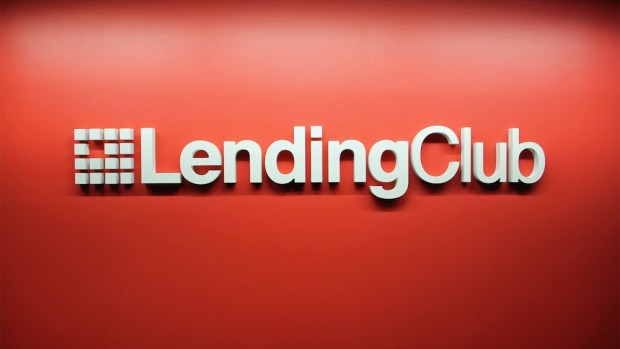LendingClub Losses Loom Large

First the settlement.
Then the earnings.
In tandem with earnings, LendingClub said Tuesday that it has struck a preliminary settlement in a slew of class-action lawsuits tied to company actions that led to negative headlines and scandal two years ago.
The terms dictate that the total settlement will be $125 million.
Of that tally, the company will pay $77.3 million, and the remainder will be covered by insurance. As noted, the agreement is preliminary and needs court approval to be finalized.
As has been widely reported, in 2016, the suits came in the wake of CEO Renaud Laplanche’s departure, and the acknowledgement by the company that data tied to some loans had been falsified in May 2016. Shareholders alleged that LendingClub had inflated its stock price by concealing its operational shortcomings.
Other investigations continue, the company said Tuesday, tied to the SEC and Department of Justice, among others.
Turning to the numbers posted by the company in the quarter, LendingClub said revenues were up by 20 percent from last year to $156.4 million, and total originations stood at $2.4 billion, up 23 percent during the same period.
But guidance seemed to rattle investors, at a range between $145 million to $155 million, which was lower than the $161 million the Street expected. Similarly, full year guidance was short of the Street at the midpoint, with a range of $680 million to $705 million, while the Street stood at $695.6 million.
In commentary about the economy in general, CEO Scott Sanborn said during the earnings conference call that “the fundamentals of the economy appear sound, and consensus estimates predict three interest rate increases from the Fed … for certain investors the cost of capital will increase, and indeed for some it already has. Fortunately, our asset is well-positioned for a rising rate environment, given its short duration and relatively higher return.”
The company launched a new credit model over the last several months, and the CEO stated that “though it’s too early to report conclusive results … we are pleased that early stage delinquencies are down and the profile of new borrowers is improving. This quarter, in line with the trends we’ve been seeing, we’re bringing additional data into our underwriting process to improve assessment of borrowers’ debt management behavior and capacity.”
CFO Thomas Casey told analysts during the call that the contribution margin came in at 48 percent, at the high end of the 45 to 50 percent range.
Sanborn said during the call that “the overall broader competitive market, which is new people jumping into the space and spending dollars, is increasing the awareness of this category and the utility of this product … If you just look at the sheer amount of consumers carrying high interest revolving debt, it’s a good thing to have people made aware of a personal loan as a smarter solution.”
